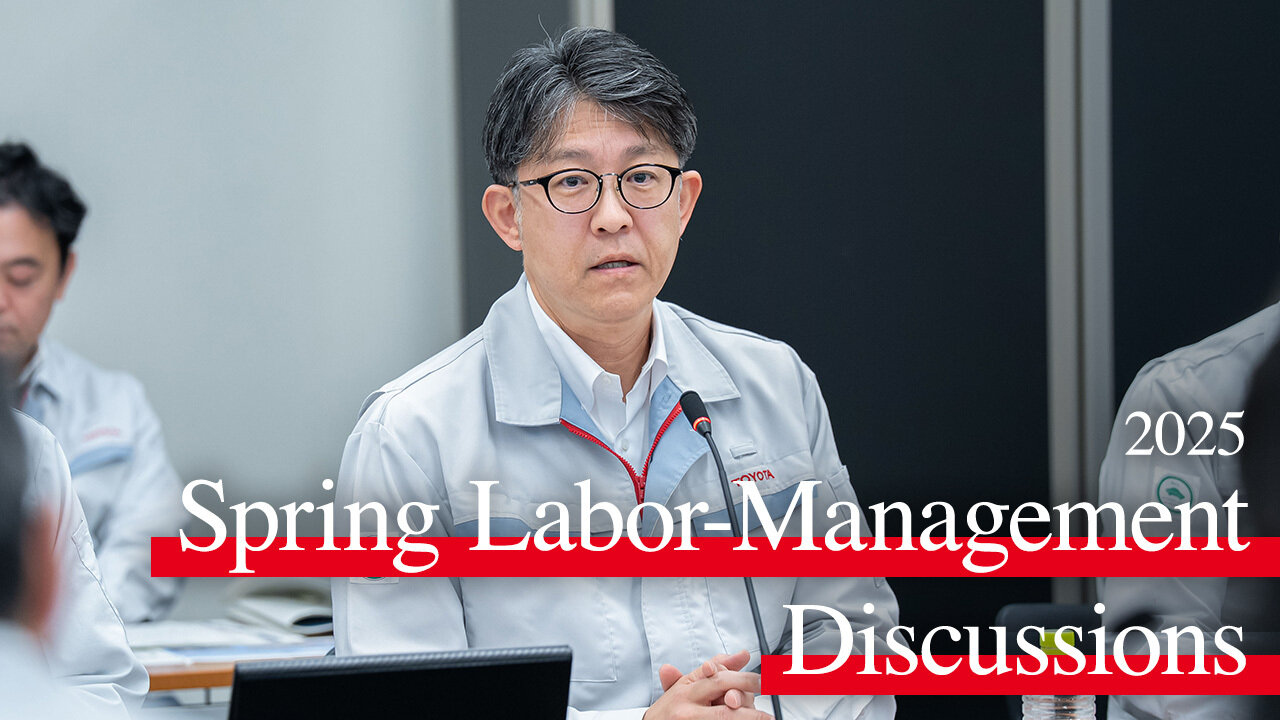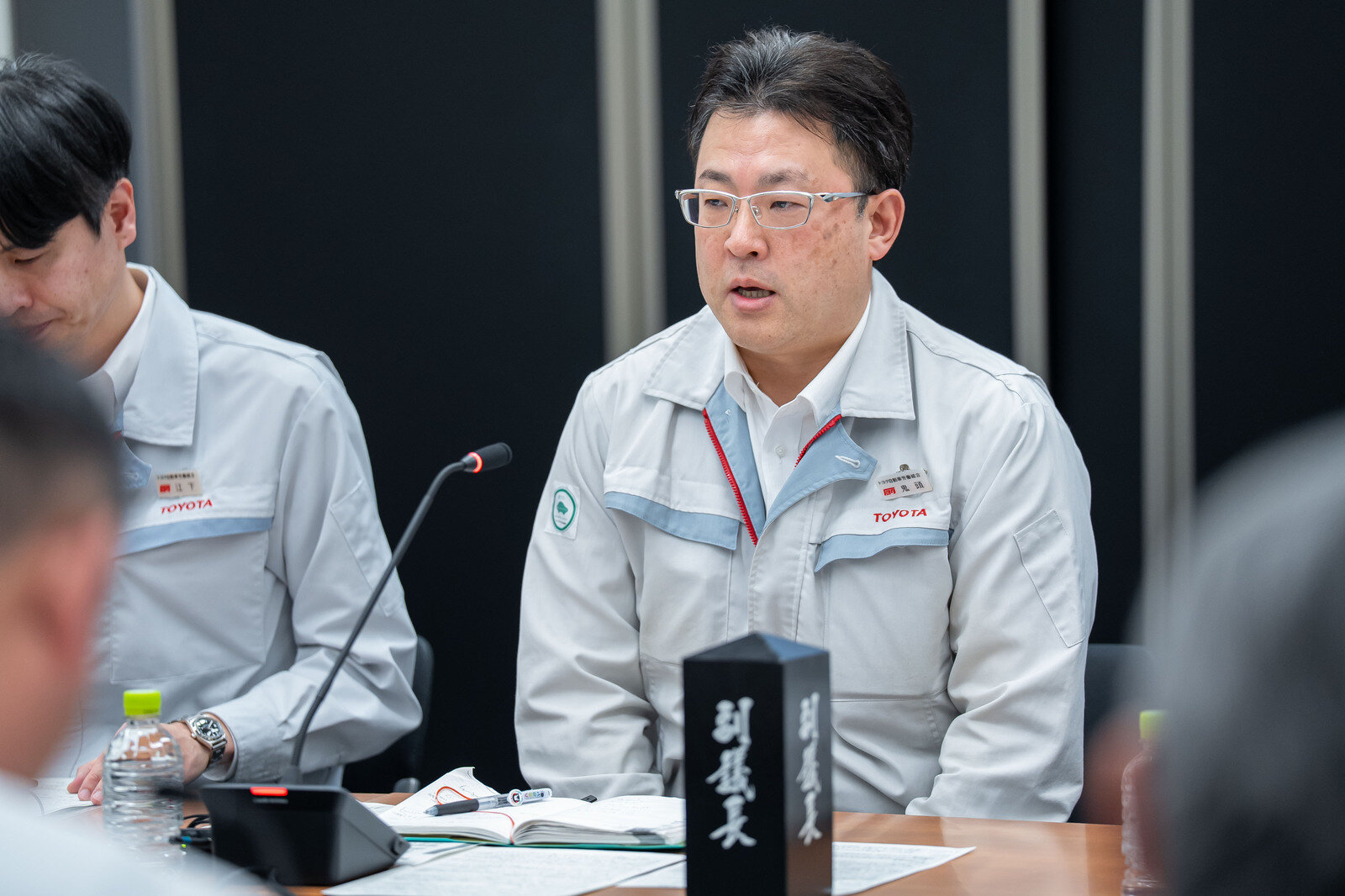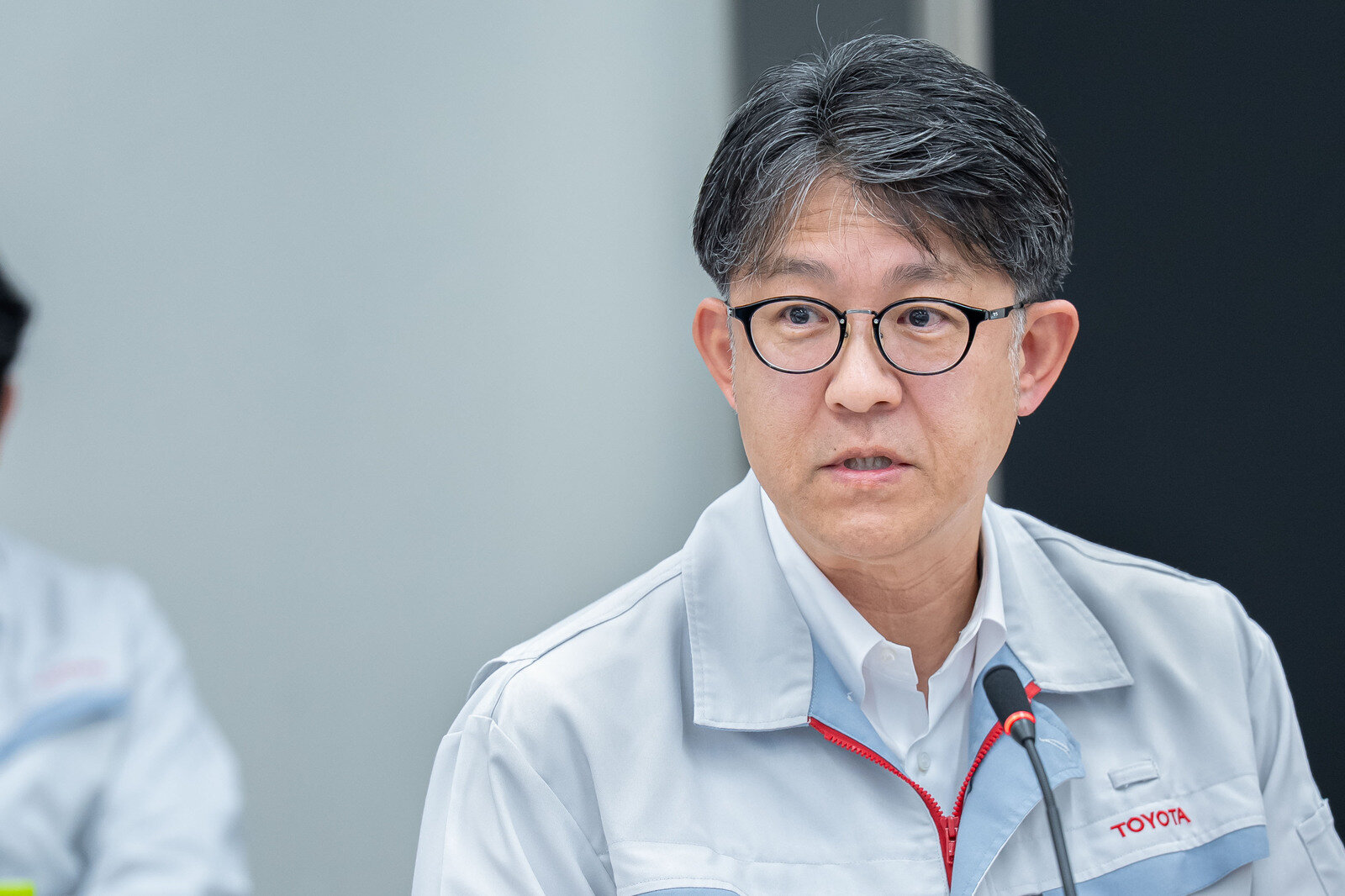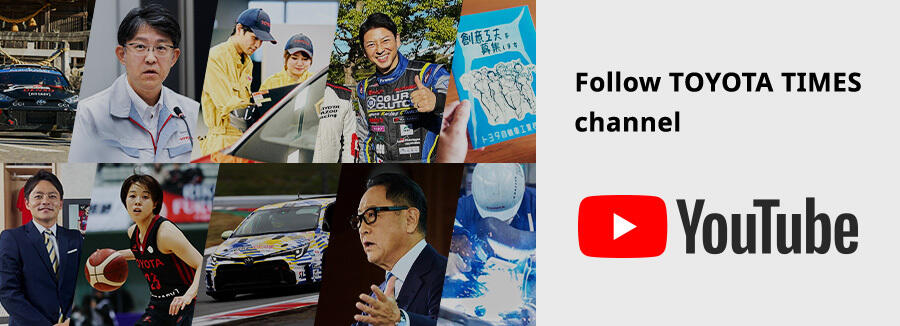
Having built up the earning power to fuel investments for the future, what hidden risks does Toyota face? The company's labor union and management re-examined the challenges that must be addressed as they look to the next five, ten, and fifty years.

Toyota’s 2025 labor-management discussions began on February 19 at the company’s head office in Toyota City, Aichi.
The agenda presented on February 12 added “comprehensive investment in human resources” to the usual matters for discussion, wages, and bonuses. Labor Union Chairman Keisuke Kito framed these discussions as the start of a dialogue aimed at boosting the active engagement of all members and investing in the future.
Toyota’s workers and management have been focusing efforts on strengthening foundations and developing the capacity for tackling new challenges. What was necessary to further boost job motivation and fulfillment, and to continue making cars with all the company’s colleagues in Japan’s auto industry?
As the nearly two-hour session drew to a close, President Koji Sato made an unusual proposal for the next round of discussions.
At the group/company level
"For the second round, I would like to propose holding talks within individual groups"
Normally, labor-management talks consist of branch leaders and other representatives raising matters that were discussed within individual workplaces. Toyota has decided to try something different by holding separate sessions within each unit.
Recognizing that “people and worksites are not uniform,” this approach makes it possible to discuss specific challenges and concrete actions for the future, tailored to individual work environments.
At the same time, the hope is that employees who would not otherwise be present at labor-management talks will feel a sense of ownership over the process and an urgent need to make changes.
The discussion started with the following exchange between Union Chairman Kito and President Sato.
Chairman Kito

The automotive industry has long talked of a once-in-a-century transformation, but the speed of recent change has eclipsed what we imagined. While our members are aware of the situation, the reality amid the severe pressure of frontline operations is that anxiety outweighs any sense of urgency, as teams desperately try to get through the work in front of them.
As noted in our initial petition, with the auto industry undergoing a significant transformation, we would like to hear the company’s perspective on our current situation, the challenges we face, and the direction to be taken in response, so that we can all proceed with a shared vision.
And as we look to the future, we must never forget that our work is made possible by the support of our automotive industry colleagues.
Unfortunately, as I noted earlier, the truth is that we are struggling to manage and optimize our current operations within Toyota, which no doubt shifts the burden onto our industry colleagues and forces them into difficult circumstances.
We cannot achieve sustainable growth without working as one with all our industry colleagues.
Without shying away from this reality, all of us working at Toyota must consider what we can and should do to ensure that Japan and the automotive industry can enjoy a happy future five, ten, and fifty years from now.
President Sato

Over the past year, Toyota’s workers and management have made efforts to strengthen our foundations and continued to hold discussions. In total, more than 100 such discussions have taken place.
I feel that we have gained a deeper understanding of the hard work, struggles, and challenges of our frontline personnel.
I fully recognize the effort that everyone has put in. The strength of our genba is what got us through the past year, and for that, you have my wholehearted gratitude.
Chairman Kito outlined many important points.
I’m sure the situation you described, in which anxiety outweighs urgency as workers desperately tackle the tasks at hand, is an undeniable fact in the genba.
It is also true that, despite these overarching discussions, we still won’t be able to address the needs of every individual.
However, I believe that taking action is the only way to dispel anxiety. We must not view our current business foundations as a given; rather, we should approach our work with a sense of urgency, aware that things will quickly unravel if we let down our guard. That is why I would like to use these labor-management discussions to talk about future-focused action.
President Sato describes Toyota’s current business foundations as something that will “quickly unravel if we let down our guard.”
The third-quarter results for fiscal 2025, announced on February 5, appeared to show solid progress in strengthening the company’s foundations, including an upward revision of the year-end forecast.
Yet instead of being content with their present position, Toyota’s workers and management came together to share their perceptions of risks hidden within these results as well as the company’s business environment, seeking to make work even more meaningful in the future.

